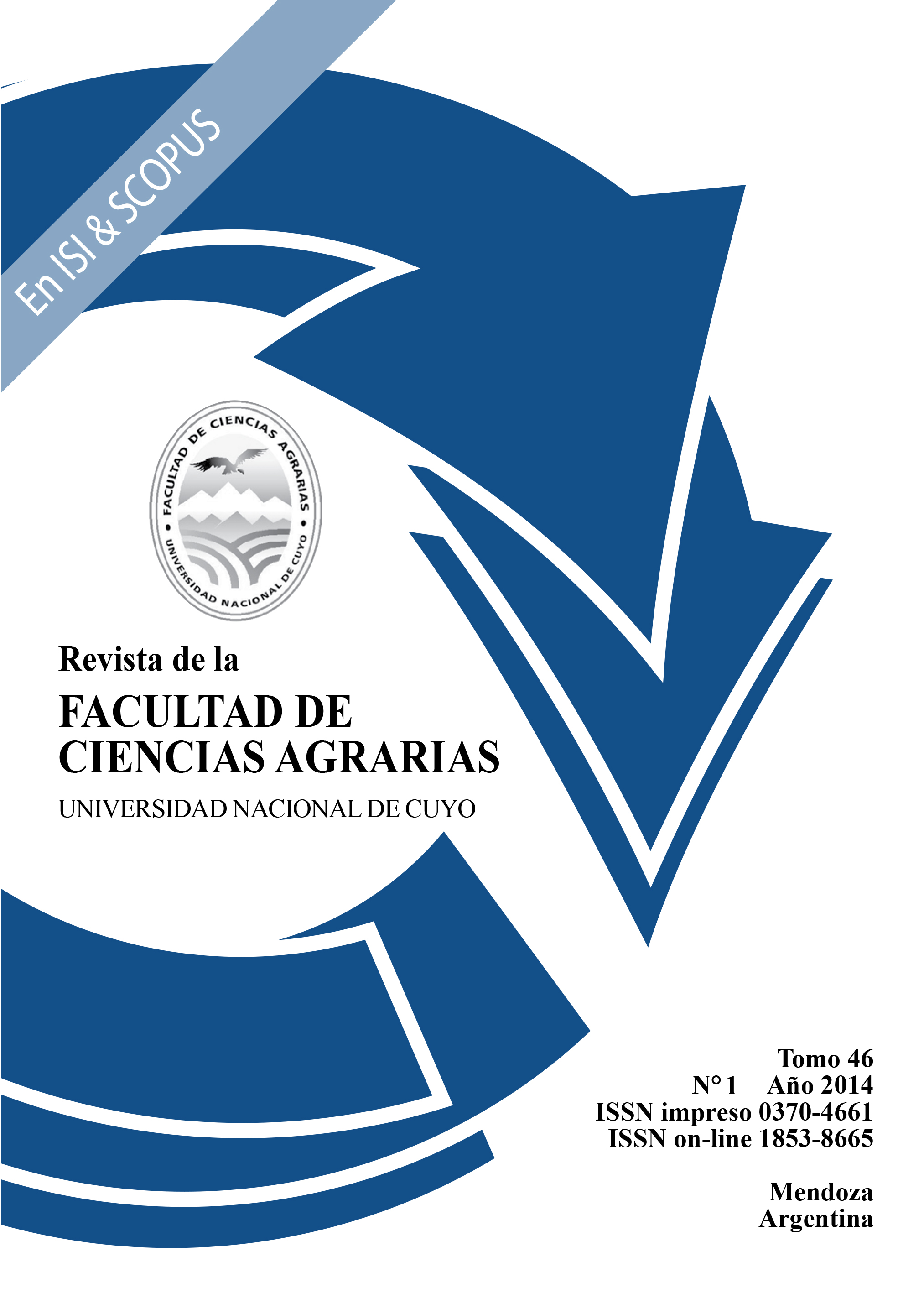Egg parasitism of Piezodorus guildinii and Nezara viridula (Hemiptera: Pentatomidae) in soybean, alfalfa and red clover
Keywords:
Telenomus podisi, Trissolcus urichi, Trissolcus basalis, field parasitism, performanceAbstract
Piezodorus guildinii Westwood and Nezara viridula (L.) (Hemiptera: Pentatomidae) are important soybean pests. P. guildinii causes more injury and is less susceptible to insecticides compared to N. viridula. N. viridula egg parasitoids are well studied; however, little is known about parasitoids of P. guildinii. Alfalfa, soybean and red clover were sampled during several seasons to characterize the abundance of both stink bugs, to determine their egg parasitoids, and to estimate parasitoids impact. In the field, Telenomus podisi (Ashmead),Trissolcus urichi (Crawford) and Trissolcus basalis (Wollaston) (Hymenoptera: Platygastridae) emerged from P. guildinii, while only T. basalis (Wollaston) (Hymenoptera: Platygastridae) emerged from N. viridula. The proportions of parasitized eggs (i. e., the parasitoid impact) and egg masses, as well as the number of parasitized eggs/total number of eggs of the parasitized egg masses, were similar for alfalfa and soybean. Parasitism was not observed in red pclover. Parasitoid impact was lower during the dry growing seasons. Although P. guildinii field parasitism by T. urichi was less significant, laboratory experiments from the bibliography indicate that this wasp species performs well on this host. Trissolcus urichi would be an important biological control agent against P. guildinii, principally when the stink bug is more abundant.
Downloads
Published
Issue
Section
License

This work is licensed under a Creative Commons Attribution-NonCommercial-ShareAlike 3.0 Unported License.
Aquellos autores/as que tengan publicaciones con esta revista, aceptan las Políticas Editoriales.



